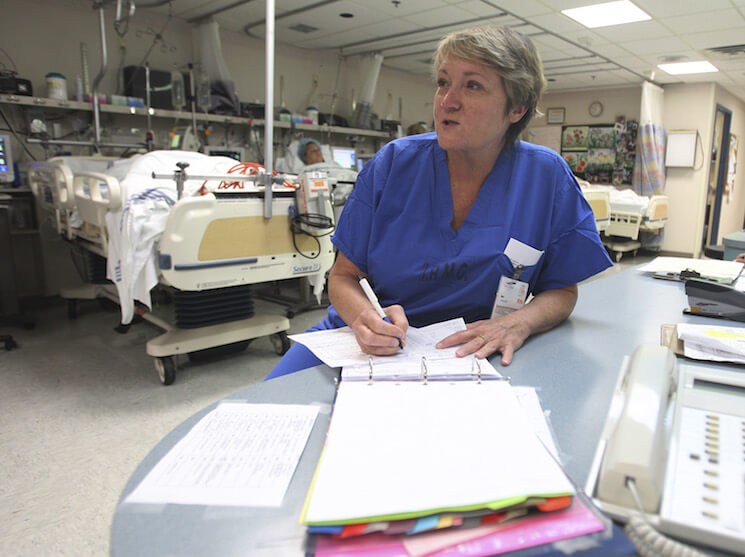U.S. labor market frictions and occupational licensing

Occupational licensing in recent years jumped out of obscurity into a prominent position in discussions about problems in the U.S. labor market. Between 25 and 30 percent of U.S. workers must have a license to work in their jobs, a five-fold increase since the 1950s. Such a big increase in licensing did increase wages for licensed workers, but the fear is that the gain for those workers comes at the expense of workers locked out of potential jobs. What’s more, occupational licensing might also be partially responsible for one of the most troubling trends in the U.S. labor market: declining labor market fluidity. State-by-state differences in licensing may stop workers from moving to a new job.
In fact, despite the good amount of policy conversation about the effects of licensing on geographic mobility in particular, there hasn’t been much research on the relationship. But that’s starting to change. New research on one particularly important licensed profession—nursing—indicates that licensing may not be as large a problem as some policymakers and economists have assumed.
Now, though, a new working paper released by the National Bureau of Economic Research investigates this very question. The new paper by Christina DePasquale of Emory University and Kevin M. Stange of the University of Michigan looks at the effect of a key policy reform to nursing licenses. The program, called the Nurse Licensure Compact, allows a nurse with a license in one state to go and work in another state that’s opted into the compact. Only 25 states have opted into the compact and their entrance has been staggered, so DePasquale and Stange can look at the differences in labor market outcomes between nurses in states that signed onto the compact and workers in bordering states who didn’t.
Furthermore, the two economists can run an analysis that does that comparison as well as comparing nurses to non-nurse health care workers to control for underlying differences that may have caused the state to join the Nurse Licensure Compact. When all is said and done, the researchers find a very small effect of this easing of licensing on nurse’s labor market outcomes.
Specifically, the Nursing Licensure Compact neither increases nurses’ labor force participation and employment nor boosts the likelihood of them working across state lines. DePasquale and Stange find very minimal effects on nurses moving across state lines while the slight evidence they find for this effect is from young workers and it isn’t particularly strong in a statistical sense.
So what should policymakers take away from this research? First off, a reminder that this new paper looks only at the nursing labor market. Nursing is only one profession, so we shouldn’t jump to extrapolate these results to the whole labor market. Yet, as the two authors point out, nursing is the second-largest licensed profession after teachers. So perhaps their findings should make us more skeptical about occupational licensing being a major reason behind declining labor market fluidity. Licensing may have a role, but it may not be the main culprit.
